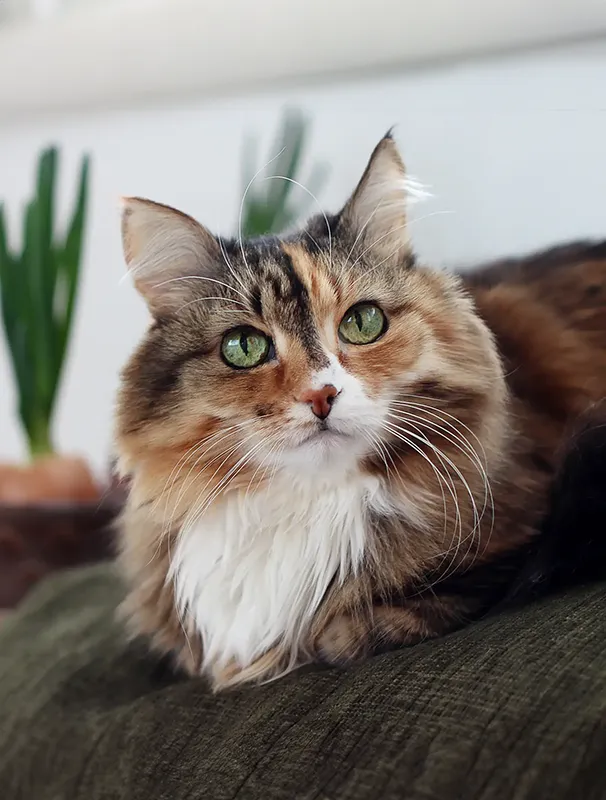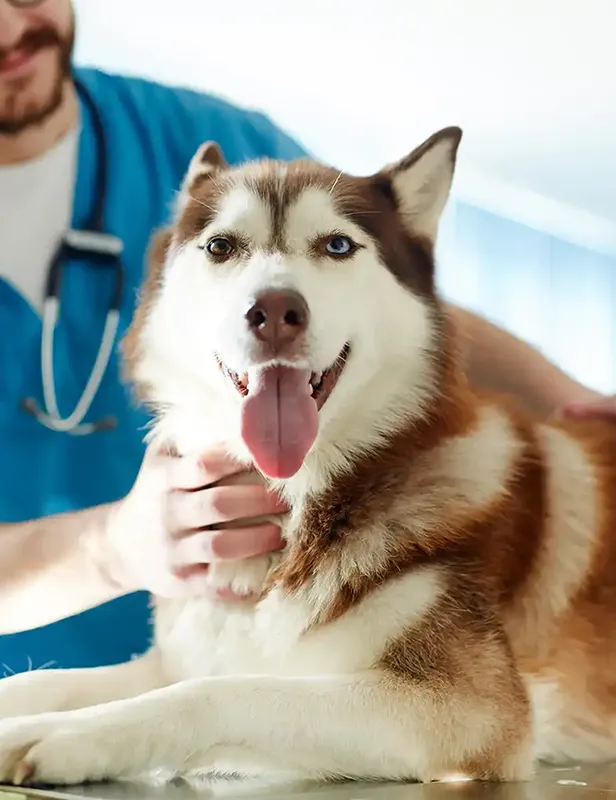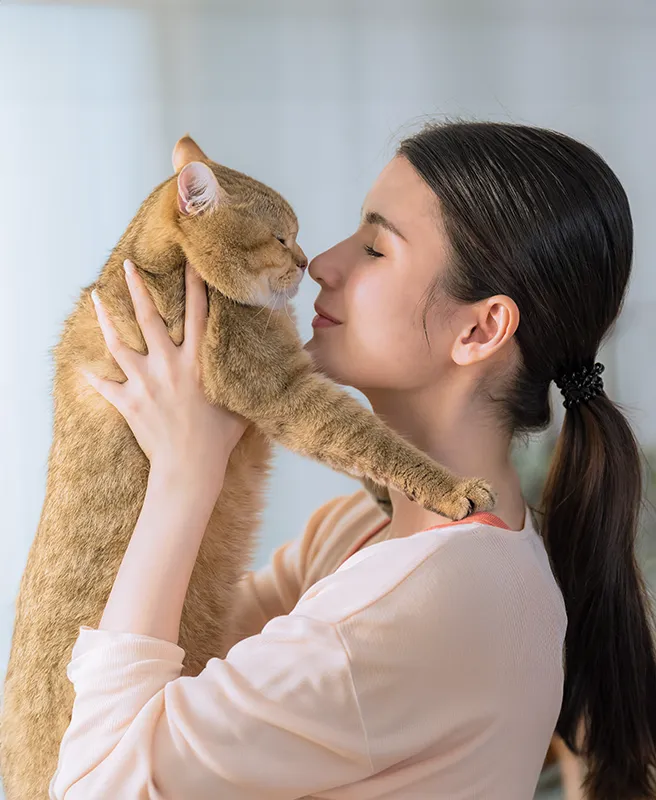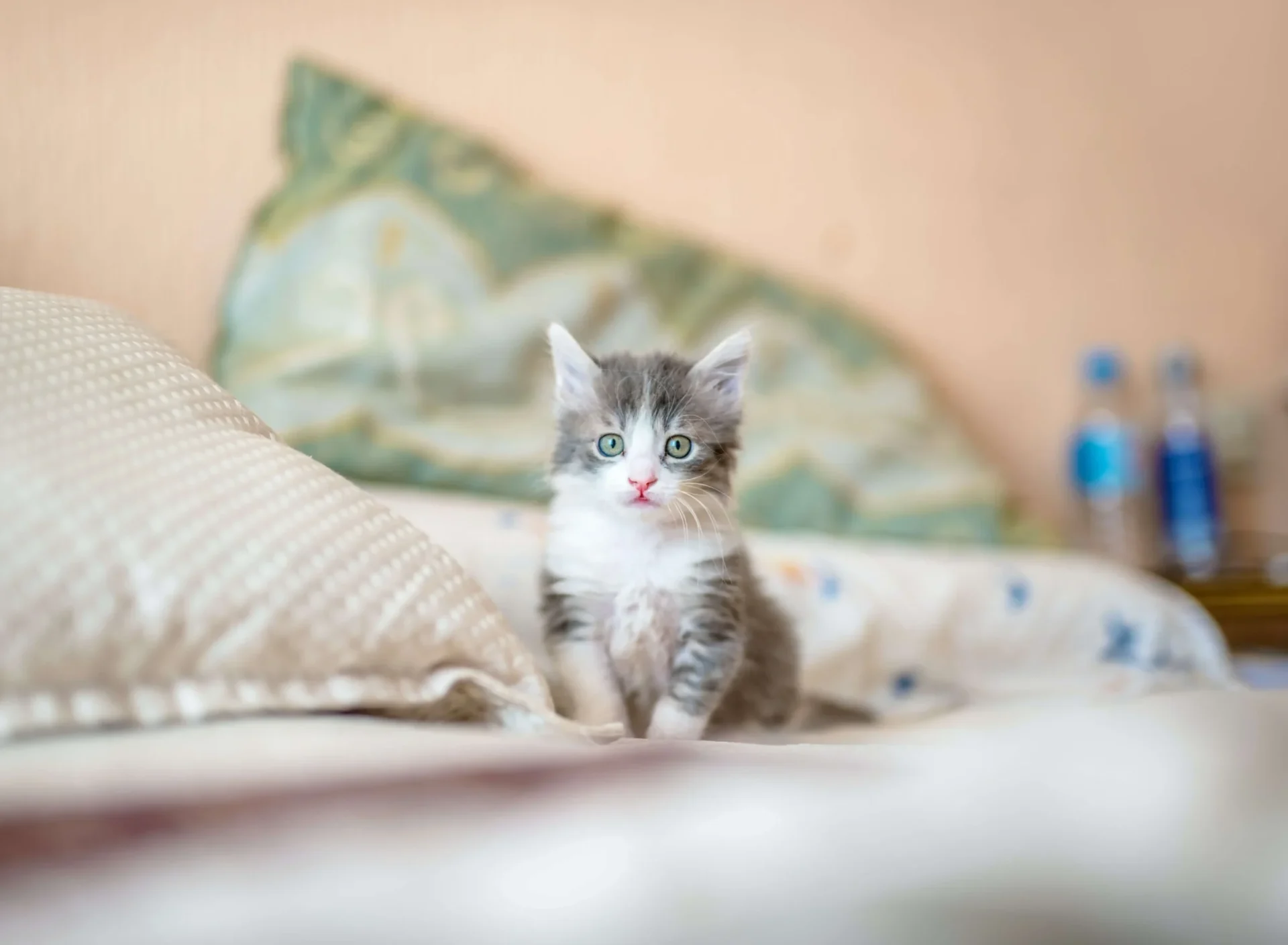Did you know that about one in four pet owners have both dogs and cats? That comes out to about 42 percent of people with more than one pet. Fluffy and Fido often learn to get along quite well. Sometimes they even become besties, and will nap, play, and just hang out together. However, that isn’t always the case. Sometimes cats and dogs fight like, well, cats and dogs. A local Elkton, MD vet offers some advice on helping Fido and Fluffy get along in this article.
How Can I Ensure My Dog And Cat Will Get On Well?
While there are no guarantees, there definitely are things that one can do to increase the chances of your furry pals coexisting peacefully. That starts long before they meet: you must choose compatible pets.
If you already have a cat and want to bring a dog into your home, be sure to look for a pooch that gets along with kitties. Breed can play a role here. Some pups do tend to get along better with Fluffy than others. Golden and Labrador Retrievers, for instance, are often so friendly that they just love everyone. The list of kitty-friendly breeds include the following:
- Golden Retriever
- Basset Hound
- Labrador Retriever
- Beagle
- Cavalier King Charles Spaniel
- Maltese
- Pug
- Poodle
- Bichon Frise
- Collie
- Bulldog
- Newfoundland
- Shetland Sheepdog
- Boston Terrier
- Shih Tzu
- Pomeranian
- Bernese Mountain Dog
- Boxer
- Irish Setter
- Papillon
- Cocker Spaniel
- German Shepherd
- Border Collie
- Pekingese
Of course, breed alone isn’t a guarantee. Fido’s history also comes into play. A dog that has lived with kitties before is an ideal candidate. We would strongly recommend avoiding breeds that are known to have a strong prey drive. Many terriers, for instance, can’t resist chasing cats. Greyhounds also tend to run after kitties, though they can be fine with cats they’ve grown up with.
You’ll also need to consider your kitty’s temperament and history. While it’s probably safe to say that most cats aren’t going to be exactly thrilled to find themselves with a canine roommate, Fluffy will be much more amenable if she’s had canine friends in the past.
Do your research on this. If you aren’t sure whether a pup is going to get along with your cat, proceed very carefully. Puppies and kittens are a good bet, as they will grow up together. However, even that isn’t a guarantee.
How Long Will It Take Cats And Dogs To Get Along?
There’s really no one answer here. There are plenty of variables to take into consideration, including the ages and histories of both pets, their temperaments, their breed, and even the household setup. That said, it usually takes a few weeks or months for Fido and Fluffy to settle.
Will Fido And Fluffy Learn To Get Along?
Actually, more often than not, they do. don’t make assumptions, though. Pay close attention to both of your pets, and watch for signs of stress, fear, aggression, or anxiety. Be extra careful when it comes to leaving them alone. We wouldn’t advise doing that until you’re certain they’ve become pals.
Keep in mind that sometimes Fido and Fluffy just settle on a sort of truce, and agree to ignore each other. That’s fine, as long as both pets are comfortable with it.
How Do I Introduce A Dog And Cat?
Ideally, this should happen slowly. You don’t want to just throw Fido and Fluffy in a room together and hope for the best. Keep them separated at first. If the dog is the newcomer, set up and petproof a room for him to come home to. This will also give him a spot to adjust and settle in. You can put a baby gate at the door.
Your furry pals will probably sniff around the door for a few days. Give them time to get used to each other’s smells. You can also feed them on either side of the door. Once they’ve gotten used to each other’s scents, you can let them see each other briefly.
Fido’s training also comes into play here. Make sure he knows commands such as Sit, Stay, and Lay Down. If not, start working with him immediately.
When it’s time to let your furry buddies meet, keep a very close eye on them. That first meeting is a very big deal. Both Fido and Fluffy take first impressions quite seriously, and will have trouble getting over a bad one.
Fluffy may hiss a bit, but this should dissipate. Your canine pal should be leashed for those first interactions. If your dog lunges at your cat, tell him ‘No’ and put him in another area. You don’t want to punish him: that will just make him resentful towards the cat. Focus on positive reinforcement. You may also need to redirect your pet’s energy. Be sure to comfort your kitty as well!
Preventing Mishaps
Even if all goes well, though, you’ve still got a lot to do as your pets get used to each other. It could take several months for them to really settle.
Here are a few tips:
Keep Mealtimes Separate: Tussles over food are often a source of friction between pets. There are different ways you can go about this. You may want to feed Fluffy while Fido is out on a walk or in the yard. You may also need to figure out a way to keep your dog out of the cat food. Many people elevate the cat food. You can install a shelf, perhaps, or use one level of Fluffy’s cat tower as a feeding station. Another option is to use a laundry room or utility closet, and put a cat door in it. You can even get dog-proof cat food bowls.
Make Sure Fluffy Has Lots Of Hiding Spots: This is crucial! Fluffy should have somewhere to go in every room. Cat towers are great, because they offer vertical space. Your kitty may also need things like cat shelves, or even just a spot behind a couch or under the bed. Some spaces won’t offer much of a barrier against a small dog, so keep that in mind.
Keep Them Separated: Don’t leave Fido and Fluffy alone unsupervised until you’re certain they’ve become pals.
Address Aggression/Bad Behavior: If Fido is chasing or going after your cat, reach out to a pet behaviorist for specific advice.
Pay attention to Fido’s body language, and watch for signs of aggression or reactivity. These include refusing to look at Fluffy, jumping, growling, barking, lunging, licking the nose, resource guarding, and chasing.
Don’t Play Favorites: If you coddle Fluffy and ignore Fido, or vice versa, you could stoke tensions.
Reward Good Behavior: Petting and praising your pets when they behave properly together can also go a long way. Positive reinforcement is always a good tactic.
Understand the Causes Of Tension: To some extent, the tension between dogs and cats is built in. Fluffy and Fido don’t speak the same language. Plus, cats often trigger that predatory impulse in dogs. Of course, sometimes the cat is the bully! Making sure your pets have separate areas for eating and sleeping can help. Do lots of research on pets’ body language as well.
Seek Help If Needed: If things don’t go well, don’t hesitate to contact your vet or a pet behaviorist. Always put your pets’ safety first!
Make An Appointment At Your Pet Elkton, MD Clinic Today
Do you have questions about your pet’s health or care? Please feel free to contact us, your local Elkton, MD pet hospital!







!Social Media Icons